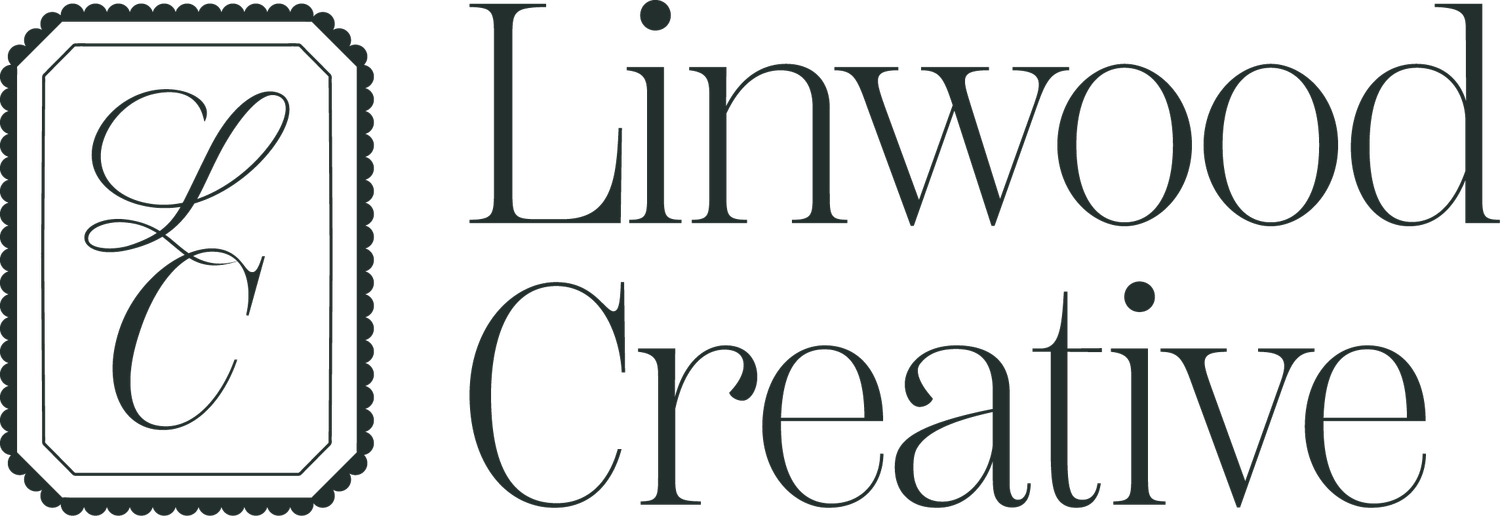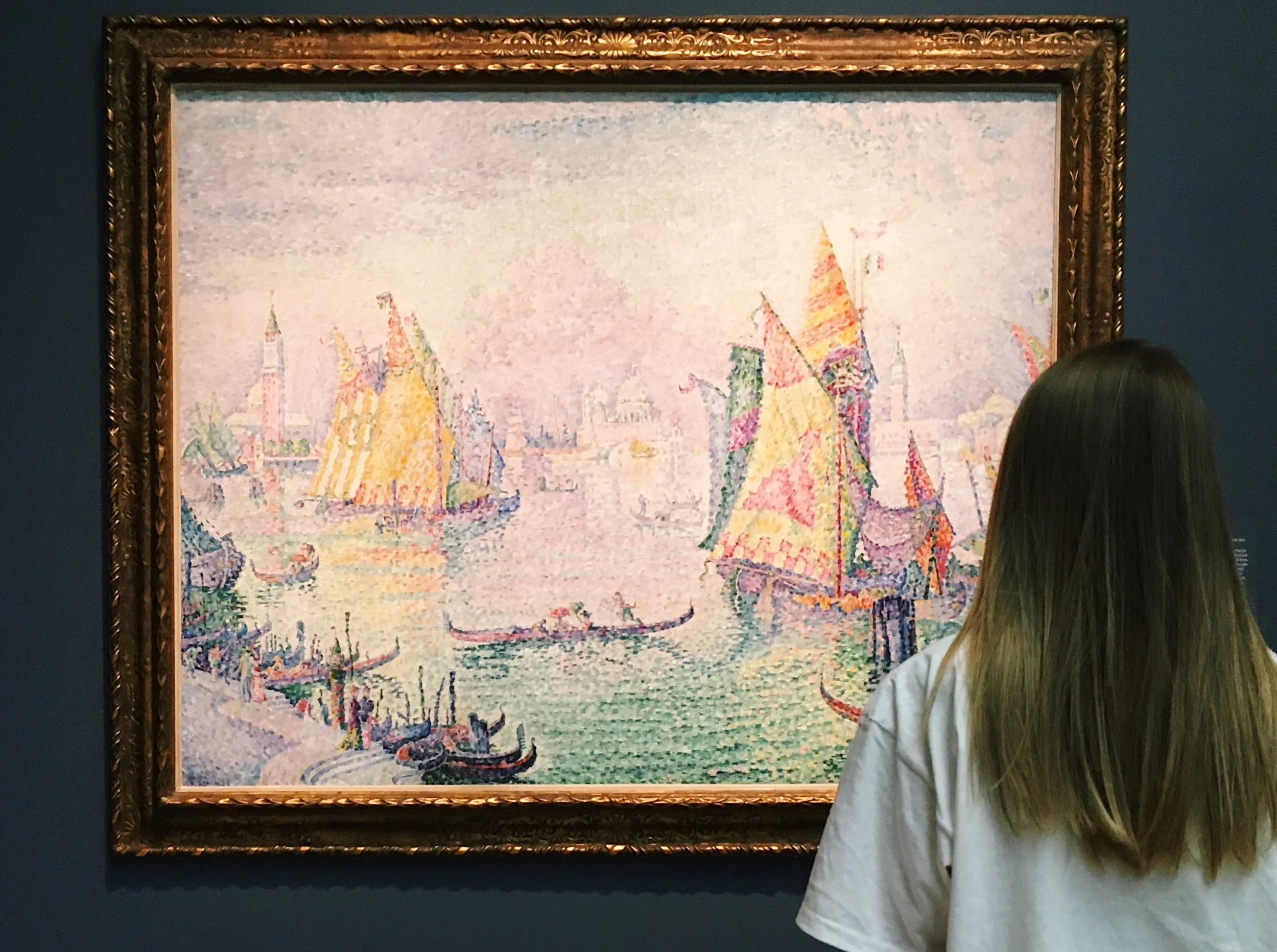The Human Touch
Why Trends Can’t Replace Heart
At my 9-5, creative freedom is limited. Brand guidelines dictate much of what I do, and that’s fine — it’s part of the structure of working within a larger system. But whenever I have a personal or client project where I get to fully flex my creativity, I take a different approach: I root my designs in history rather than chasing the latest trends.
Design feels truest to me — and often, more successful — when it carries the weight of the past. In much of my work, I gravitate toward monoline scripts or classic serif fonts because they feel human, touched by someone rather than generated by a computer. I grew up in a region steeped in Southern and Mid-Atlantic history, surrounded by old diners, pop art, and museums. Some of my fondest childhood memories are wandering art museums with my parents. I try to carry that nostalgia forward, creating designs that keep those memories alive.
Unless it absolutely doesn’t make sense for a project, I pursue aesthetics that evoke warmth, comfort, and familiarity. It’s often what people prefer — everyone wants something that makes them feel a little “warm and fuzzy” to some extent. I’m not the designer for every modern tech startup, and that’s okay. My clients understand my sensibilities, and my aesthetic aligns with theirs. When a project calls for sleek, contemporary design, I can deliver — but given creative freedom, I almost always choose something tried and true over a fleeting trend.
Modern design, in many ways, has lost touch with its roots. Everything is sleek, minimal, and simplified to the point of sterility. And while I can appreciate when that approach is appropriate, it doesn’t have to be boring. Graphic design has a long history, stretching back to hieroglyphics and woodblock printing, and I think it’s important to honor that lineage. Even when collaborating on projects where I have limited control — like healthcare or corporate clients — I find ways to inject humanity and personality, whether through typography, color, or layout.
Design is a tool for connection. We aren’t designing for computers; we’re designing for people. And in my experience, people respond to designs that feel handcrafted, intentional, and human. That’s the lens through which I approach every project — balancing modern needs with timeless humanism, and ensuring that the work I create doesn’t just look good, but feels right.


